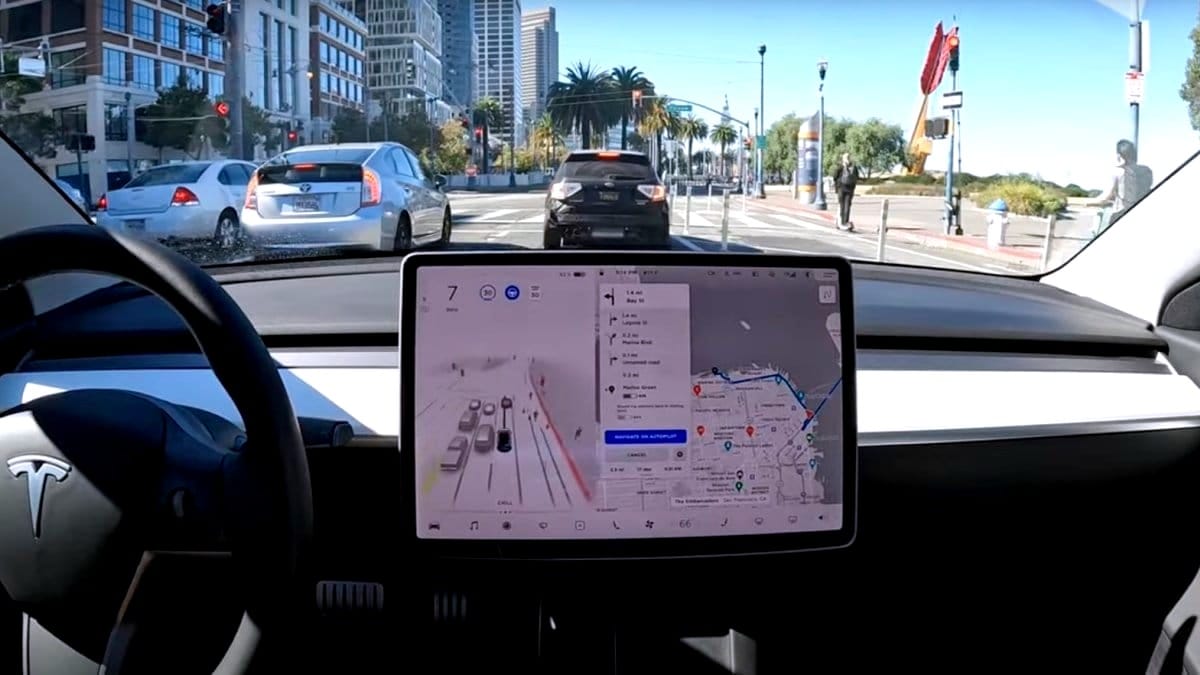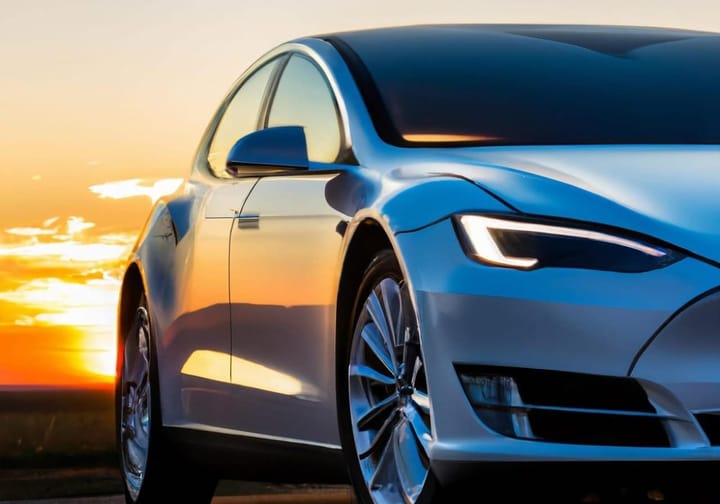Tesla FSD 14.1.4 A Glimpse of Progress, not a Safety Revolution

What the Update Promises
Version 14.1.4 arrives with a one‑touch “Brake Confirm” removal, two new driving profiles—“Sloth” for ultra‑cautious speed‑limit adherence and “Mad Max” for aggressive lane‑changing—and refined animal‑avoidance logic. The OTA rollout also bundled a rapid recall fixing Cybertruck LED lighting, showcasing Tesla’s ability to push software fixes in days rather than weeks.
The Numbers Tell a Different Story
Intervention Frequency
v14.1.3: 75 interventions/1 000 mi (1 per 13 mi)
v14.1.4: 66 interventions/1 000 mi (1 per 15 mi)
Change: –13 %
Speed‑Limit Compliance (Sloth)
Baseline: 92 %
v14.1.4 target: 98 % (early field data)
Even after a 13 % dip, the intervention rate remains roughly 12 000 times higher than the human‑baseline crash frequency of 1 per 165 000 mi. Red‑light violation complaints fell from 18 to 2, but NHTSA still logs 24 on‑coming‑traffic incidents linked to the software.
Regulatory Red Flags
Independent testing by AMCI recorded 75 interventions over 1 000 mi of autonomous driving—mirroring Tesla’s telemetry. The removal of the brake‑confirmation step eliminates a redundant safety layer that many safety analysts consider essential, especially while the “Mad Max” profile encourages higher speed offsets. NHTSA’s pending audits and the persistence of red‑light infractions suggest that regulatory scrutiny will intensify, likely demanding real‑time compliance dashboards for future OTA releases.
Looking Ahead
- v14.2.3 (planned) aims to close the “brake‑stabbing” gap and could push the intervention interval to 1 per 18 mi.
- The subscription‑extension policy may boost FSD retention by 5‑7 %, turning service downtime into a selling point.
- Market sentiment will stay split: media will praise the sleek new profiles, while watchdogs will continue to flag the still‑high intervention rates.
In short, Tesla’s latest FSD update delivers a modest usability uplift but falls short of the safety leap the brand promises. Without a dramatic reduction in driver interventions and tighter regulatory compliance, the dream of truly hands‑free driving remains more aspirational than operational.



Comments ()